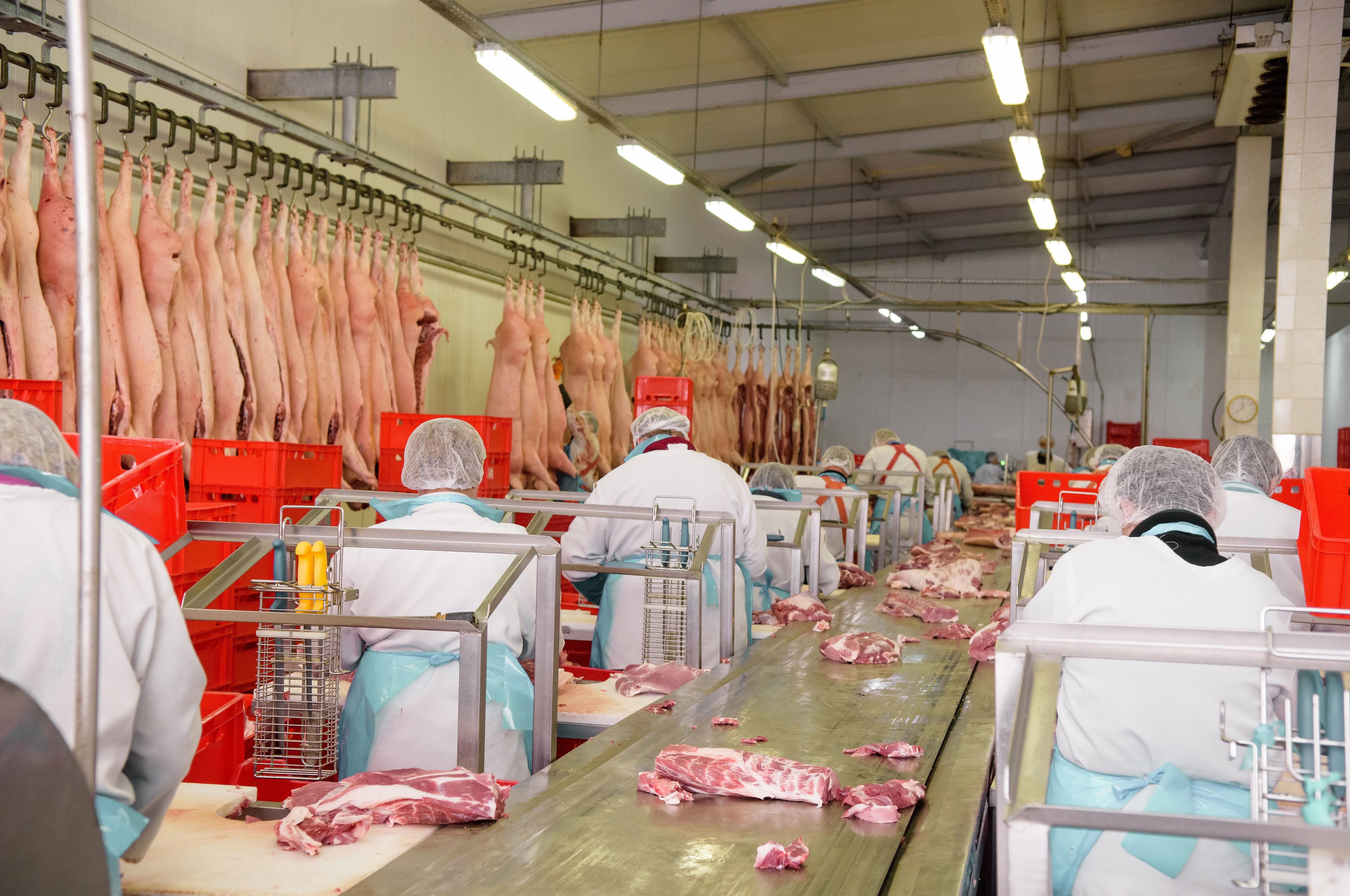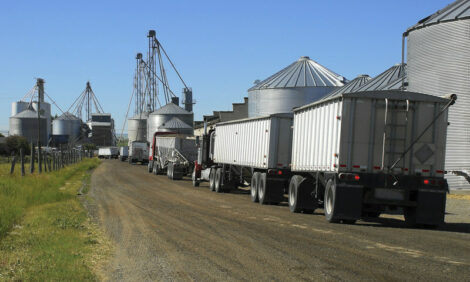



New technology promises to match pork quality to customer needs
New tools being developed to improve and standardise the classification of Canadian pork will improve the ability of processors to meet the quality demands of international customers.Scientists working in partnership with Swine Innovation Porc are examining various technologies to assist the Canadian pork sector in developing a standardised pork classification system based on the quality attributes most desired by export customers.

Speaking to Farmscape, Dr Manuel Juárez, a Livestock Phenomics Scientist with Agriculture and Agri-Food Canada at the Lacombe Research and Development Centre, says by expanding on existing grading standards, processors will be able to better fill the quality requirements of individual customers.
"On the carcase side we work with technologies like near infrared spectroscopy and we are also developing systems to classify pork bellies based on quality," explains Dr Juárez.
"For the pork belly we are more advanced than for the primal cuts. We have three different technologies, three different prices and line speeds that could be applied in the plants to classify bellies based on softness, maybe the biggest defect right now for pork bellies or the main trait to classify by.
"We are quite advanced in the belly. We have good information about the loin and the different locations where we could predict loin quality from the primal or even from other parts of the carcase.
"At this point we already have information, depending on the primal, between 15 hundred and two thousand carcasses so we are in a good place for those two primals.
"We have started working with shoulders and hams and we have some information for those primals but we are still considering different technologies."
Dr Juárez says the hope is to see widespread adoption of these new technologies at the end of the study.








